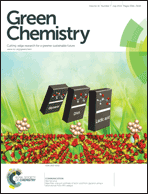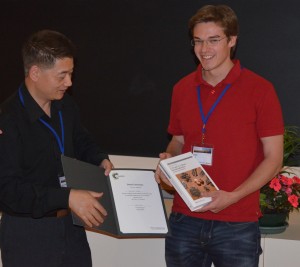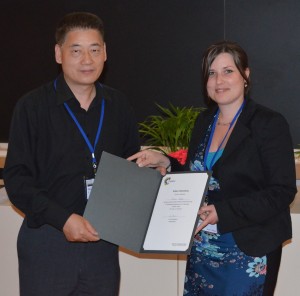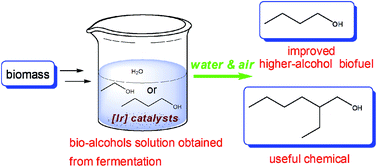We are delighted to announce that Green Chemistry’s Impact Factor* has risen to a new high of 6.85!
A huge thank you goes to all of our authors, referees and Editorial and Advisory Board members for their help and support on the Journal.
Green Chemistry is celebrating fifteen years of publishing cutting edge research on the development of alternative sustainable technologies and to mark the occasion we have invited contributions from authors who have 
We invite you to submit your latest research on sustainable chemistry and technology to Green Chemistry.
Read more about the 2013 Impact Factors from across RSC Publishing on the RSC Publishing Blog.
*The Impact Factor provides an indication of the average number of citations per paper. Produced annually, Impact Factors are calculated by dividing the number of citations in a year by the number of citeable articles published in the preceding two years. Data based on 2013 Journal Citation Reports®, (Thomson Reuters, 2014).

















